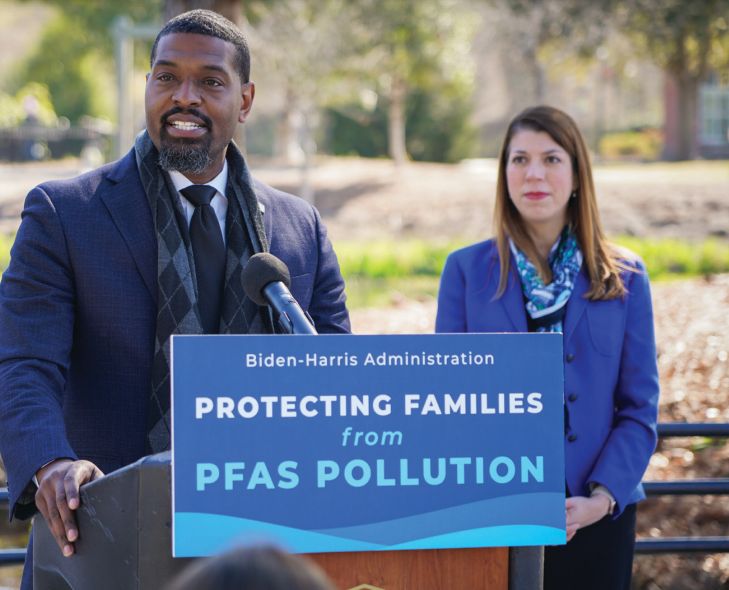The state entity that oversees management of invasive species will expand a quarantine on the movement of certain products to help slow the spread of the Spotted Lanternfly. The Virginia Department of Consumer and Agricultural Services has sent a letter to localities including Albemarle and Charlottesville notifying them of the new rules.
“The Spotted Lanternfly Quarantine requires a permit to ensure that businesses are taking steps to guarantee regulated articles are free from spotted lanternfly,” reads a June 15 letter from David Gianino, the program manager for the Office of Plant Industry Services. “To obtain a spotted lanternfly permit, completion of an online training course is required and businesses must then apply for the permit with VDACS.”

According to the letter, the spotted lanternfly is known to feed on “grapes, peaches, apples, maples, walnuts, hops, cucumbers, and basil.” The insect was spotted in Frederick County in January 2018 and a quarantine has been in place there, Clarke County, Warren County, and the city of Winchester. However, surveys conducted by VDACS indicate the bugs have been found in the cities of Buena Vista, Charlottesville, Harrisonburg, Lexington, Lynchburg, Manassas, Staunton, Waynesboro and the counties of Albemarle, Augusta, Carroll, Page, Prince William, Rockingham, Rockbridge, Shenandoah, and Wythe.
A wide range of materials are regulated including live or dead trees, lumber, vegetation, shipping containers, outdoor construction materials, equipment trucks, recreational vehicles, and more. A complete list is available in that letter. Information on how to get a permit is available on the VDACS website.
Albemarle County Supervisors were briefed on the spotted lanternfly back in February, as reported here.
Before you go: The time to write and research of this article is covered by paid subscribers to Charlottesville Community Engagement. In fact, this particular installment comes from the June 17, 2022 edition of the program. To ensure this research can be sustained, please consider becoming a paid subscriber or contributing monthly through Patreon.











